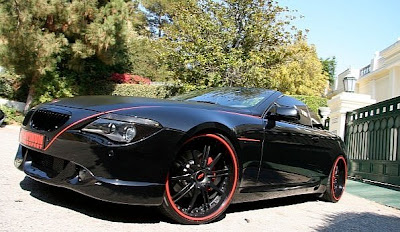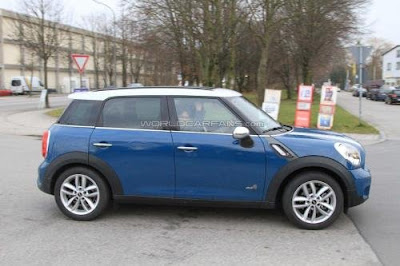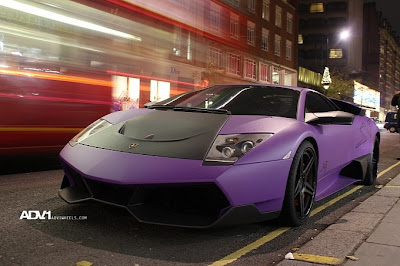


Not much time has passed since the release of BMW 650i, when most fans of the brand have been fascinated by gig, both in terms of both design and in terms of technical features. Body new items at least 50% stronger than its predecessor, and manage folding roof can be at 40 km / h.
But even more interesting suggestion looks like version of the studio PlatinumMotorsport, which added to the BMW 650i 22-inch wheels and an aerodynamic package AC Schnitzer.
Only the wheels are a unique product, made in black with red trim, clad in high-performance tires.
With regard to a set of AC Schnitzer, it includes new front cover, side skirts, rear bumper and rear spoiler, it is impossible not to mention the upgraded exhaust system. Convertible body is painted in a specially selected black




















































